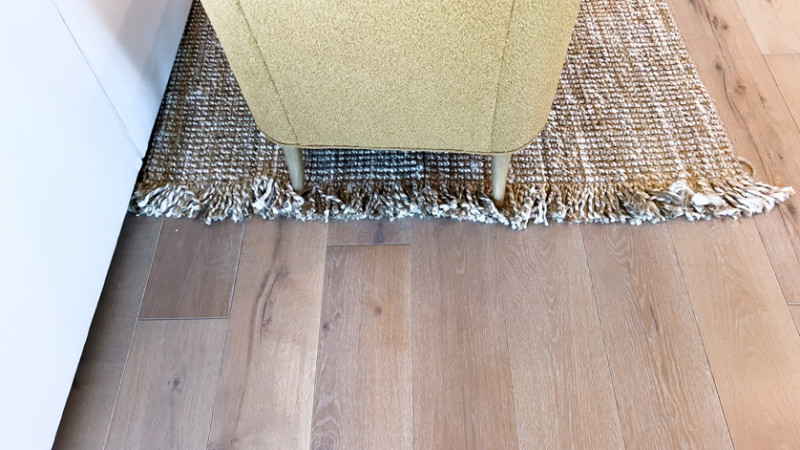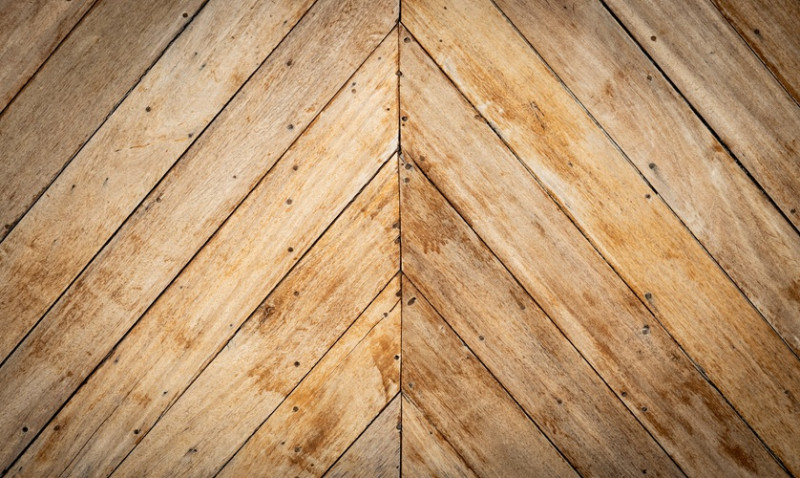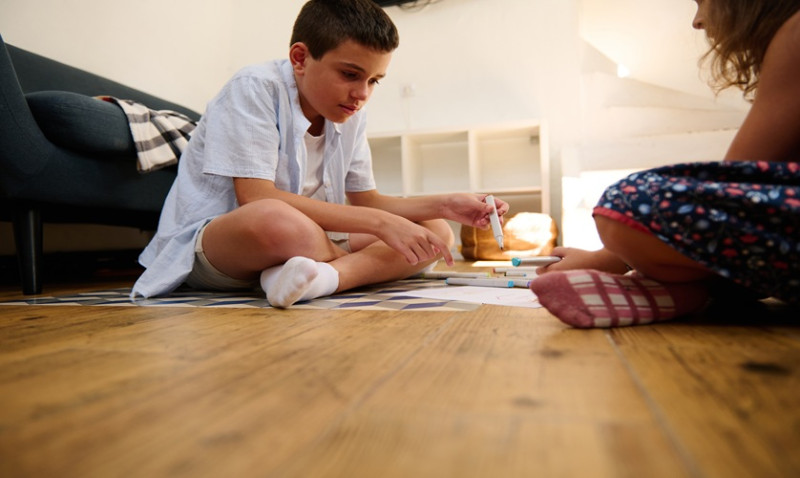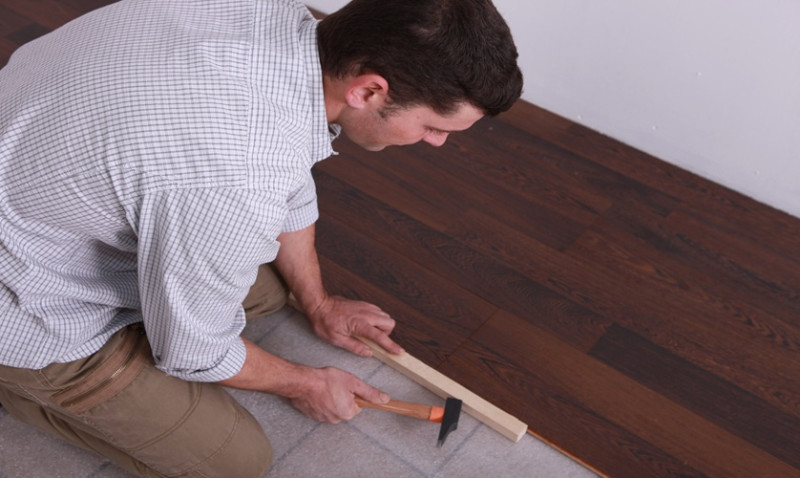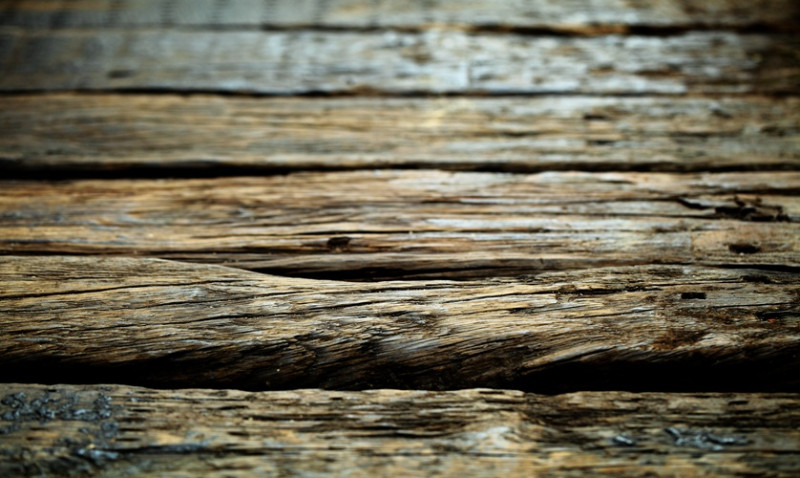
Applying polyurethane to wood floors is one of the most effective ways to protect and enhance your flooring. Whether you’re a seasoned tradesperson, a designer specifying finishes, or a DIY enthusiast looking for a home improvement weekend project, this guide is crafted to help you achieve professional-quality results. From surface prep to the final coat, we’ll walk you through every step.
What Is Polyurethane and Why Use It?
Polyurethane is a synthetic resin used as a protective coating. It is available in both oil-based and water-based formulations, each with unique benefits. Polyurethane acts as a shield, safeguarding wood floors from scratches, stains, moisture, and daily wear and tear. This makes it particularly appealing for high-traffic areas like hallways, living rooms, and open-plan kitchens.
Besides protection, polyurethane also enhances the natural grain and colour of hardwood floors. Whether you're after a glossy showroom finish or a subtle matte look, there’s a polyurethane product to match your vision.
Oil-based polyurethane tends to give wood a warm, amber hue and is very durable, making it popular among professionals. Water-based polyurethane dries quicker and has a clear finish, preserving the wood’s natural colour – ideal for lighter woods like oak and maple.
Tools and Materials You’ll Need
Before diving in, it's essential to gather all necessary tools and materials. Applying polyurethane properly requires precision and the right equipment. Here's a comprehensive list:
- Vacuum cleaner or broom
- Tack cloth or microfiber cloth
- Fine-grit sandpaper (120 to 220 grit)
- Sanding block or floor sander
- Paintbrush (synthetic for water-based, natural bristle for oil-based)
- Lambswool applicator or foam roller
- Polyurethane finish (water-based or oil-based)
- Protective gloves and face mask
- Painter’s tape and plastic sheeting
Make sure your workspace is well-ventilated when using polyurethane, especially the oil-based version. Fumes can be strong and potentially harmful without proper airflow.
Preparation Is Key
No matter how high-quality your polyurethane, the final result will only be as good as your preparation. Begin by removing all furniture and rugs from the area. Vacuum thoroughly to eliminate dust and debris. Follow up by wiping the floor with a damp towel or tack cloth to catch any remaining particles.
It's critical that the wood floor is completely clean and free from grease or wax. If there's an existing finish, you may need to sand it down lightly to give the polyurethane a surface it can cling to. Use a sanding block for corners and edges and a floor sander for larger spaces.
After sanding, vacuum again and wipe down the floor to remove all dust. Allow the floor to dry fully before applying any product. Skipping these steps could result in a rough or blotchy finish that won’t adhere properly.
Choosing the Right Polyurethane
When selecting a polyurethane, think about both the look you want and the area of application. Here's a quick comparison:
| Type | Drying Time | Durability | Finish Look | Best For |
|---|---|---|---|---|
| Oil-Based | 8–24 hours | High | Amber, warm tone | Traditional interiors, darker woods |
| Water-Based | 2–6 hours | Medium to High | Clear, neutral tone | Modern spaces, light-coloured woods |
Water-based polyurethane is often preferred in UK homes due to its quick drying time and lower odour. However, the trade-off is that it may need more coats for comparable durability.
The Application Process
Start by stirring – not shaking – the polyurethane. Shaking introduces air bubbles, which can create imperfections in the finish. Begin applying in the farthest corner from the exit so you don’t trap yourself in the room.
Use a good quality brush to cut in around the edges first. Then, use a lambswool applicator or a foam roller for the main area. Apply with the grain of the wood in long, smooth, even strokes. Resist the urge to go over areas multiple times – this can cause streaking and uneven thickness.
A thin coat is better than a thick one. Heavy applications take longer to dry and are more prone to drips, bubbling, and imperfections. After applying the first coat, allow it to dry thoroughly as per manufacturer’s instructions.
Drying, Sanding, and Re-coating
Once the first coat has dried, it’s time to lightly sand the surface. This isn’t about stripping the coat – it’s just enough to remove any imperfections and allow the next layer to adhere better. A pole sander with fine grit sandpaper works well for this.
After sanding, vacuum and wipe the floor clean again to ensure no particles are left. Apply the second coat in the same way and let it dry completely.
Most floors require at least two to three coats for optimum durability, with light sanding between coats. Always follow the product-specific re-coat times; rushing this step can ruin your progress.
Aftercare and Maintenance
Once the final coat has dried and cured (water-based takes roughly 48 hours, oil-based up to a week), you can begin to move furniture back in. However, avoid rugs or mats for a few more days to prevent marking the finish.
To maintain the new finish, avoid harsh cleaners and opt for pH-neutral products designed for wood. Regular dust mopping and immediate clean-up of spills will keep your floors looking new for years.
Felt pads on furniture, avoiding high heels indoors, and keeping pet nails trimmed also go a long way toward preserving your polyurethane finish.
Common Mistakes to Avoid
Even experienced DIYers can make mistakes when finishing floors. Here are some common pitfalls and how to avoid them:
- Skipping prep – always clean and sand thoroughly
- Applying too much product – go thin and steady
- Not sanding between coats – leads to poor adhesion
- Using the wrong tools – ensure brushes and rollers are compatible with your chosen product
- Rushing the curing process – give it enough time to set fully before heavy use
By steering clear of these errors, you increase your chance of creating a finish that looks and performs like it was done by a professional.
Final Thoughts
Applying polyurethane may seem like a daunting task, but with proper planning and patience, it can be a satisfying and cost-effective way to rejuvenate wooden floors. You’ll not only preserve the natural beauty of your wood but increase the overall value and appeal of your living space.
Whether you're a homeowner in Manchester taking on a renovation, a Bristol-based architect specifying a bespoke finish, or a tradesman in London looking to refresh a client’s floors, polyurethane can deliver stunning results that last for years.
Take your time, prepare well, and enjoy the transformation.
